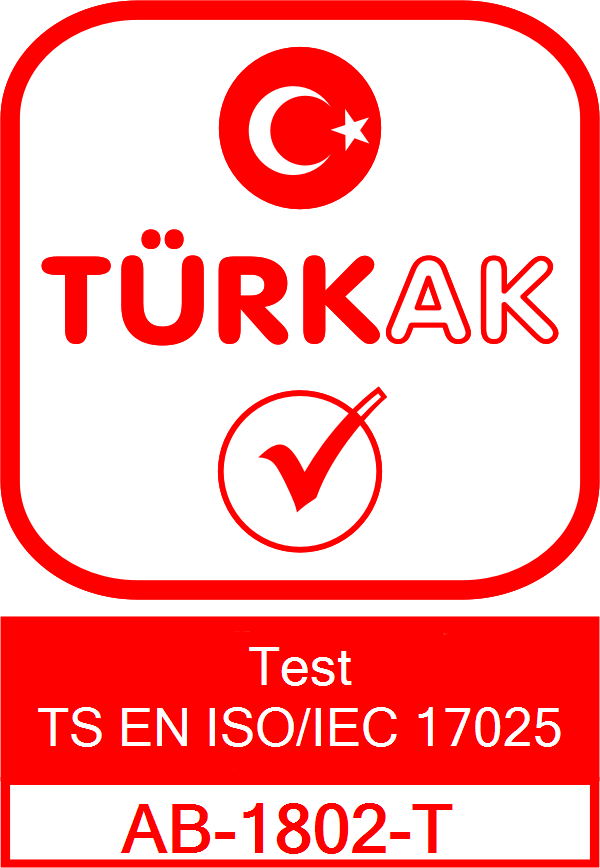Determination of Additive Elements, Wear Metals and Contaminant Amounts
Quantification of additives, corrosion metals and pollutants is often done for industrial applications, machine maintenance and environmental monitoring. These analyzes are performed to evaluate the quality, performance and safety of products.
1. **Additives:** This term refers to special compounds added to industrial products, especially oils and diesels. For example, certain chemical additives are added to engine oils to reduce engine friction and prolong its life. The presence and concentration of these additives can directly affect the performance of the product.
2. **Wear Metals:** These are metal particles caused by the wear of machine and engine components. Analysis of engine oil or other industrial fluids can determine the presence and amount of wear metals. This information provides important information about the condition of the equipment and potential maintenance needs.
3. **Contaminant Quantities:** This is often used in the context of environmental monitoring. For example, analyzes are performed to determine the amount of contaminants in soil, water or air samples.
**Analysis Methods:**
- **Spectroscopy:** Spectroscopic methods such as atomic absorption spectroscopy (AAS) or inductively coupled plasma mass spectrometry (ICP-MS) are commonly used to determine the concentrations of metals and other elements.
- **Chromatography:** Gas chromatography (GC) or liquid chromatography (LC) is especially used in the analysis of organic compounds.
- **Gravimetric and Titrimetric Analysis:** Used to directly measure the amount of contaminants or other components.
- **Microscopy:** Can be used to evaluate the morphology and size of wear particles.
This type of analysis provides valuable information about product quality, equipment health, environmental impacts, and more. Especially in an industrial and environmental context, obtaining this information in a timely and accurate manner can be critical.

